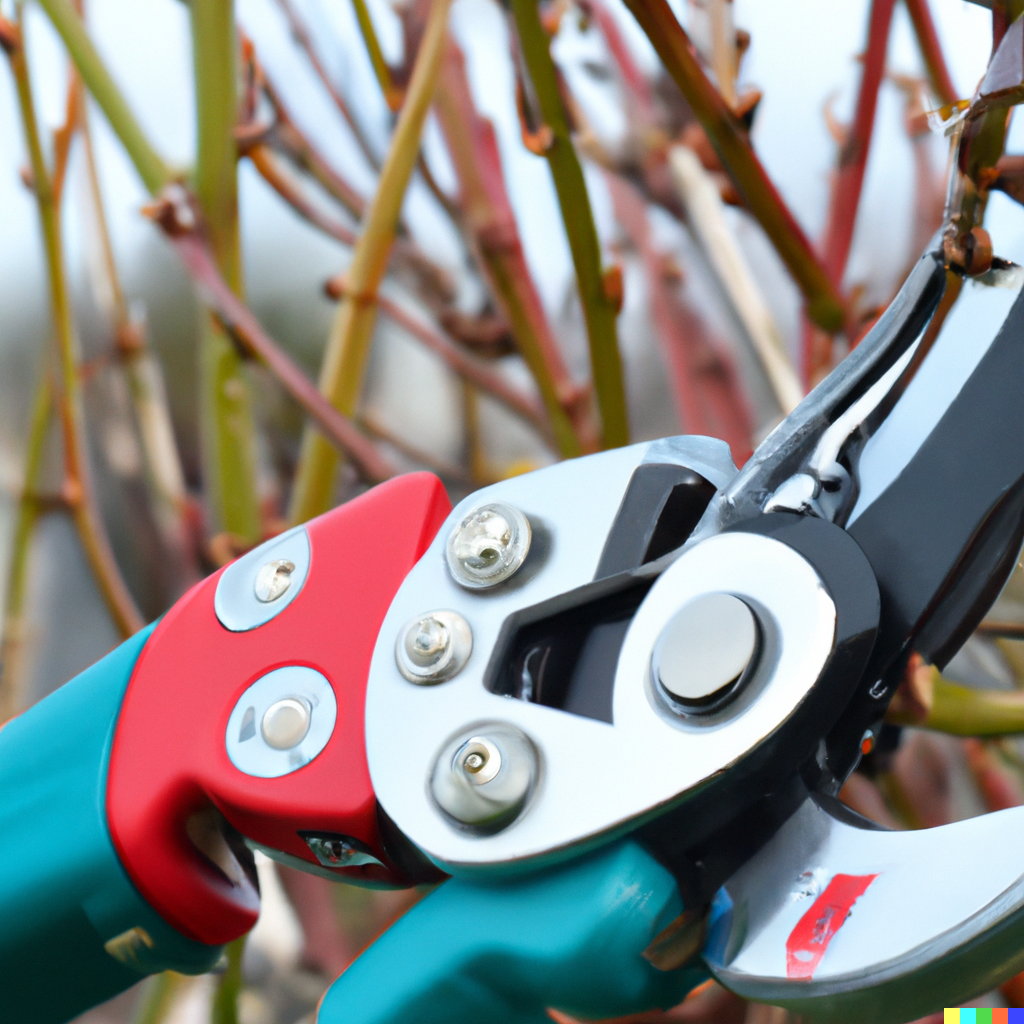Designing an Electric Pruning Shear: Elements to Consider for Optimal Performance
Designing an electric pruning shear requires careful consideration of numerous elements, including the selection of motors and controllers. The design process involves balancing the needs of the user, the requirements of the task, and the capabilities of the technology.
The power source of an electric pruning shear is a critical element of its design. Electric pruning shears can be powered by a battery or a corded electrical supply. Cordless electric pruning shears offer more flexibility and freedom of movement, while corded models provide a consistent power supply. The choice of power source depends on the intended use of the tool and the preferences of the user.
The type of motor used in an electric pruning shear will impact its performance. There are several types of motors to choose from, including brushed DC motors, brushless DC motors, and stepper motors. Brushed DC motors are the simplest and most cost-effective option, but they require more maintenance and have a shorter lifespan than brushless DC motors. Brushless DC motors are more efficient and have a longer lifespan but are more expensive. Stepper motors provide precise control and low noise levels. The motor and controller must be able to provide sufficient power to cut through branches effectively.
The blade design is another important element to consider when designing an electric pruning shear. The blade should be sharp, durable, and able to cut through various sizes of branches. The shape and size of the blade should also be considered, as different shapes and sizes are suited for different pruning tasks. Additionally, some electric pruning shears come with interchangeable blades, allowing users to switch between different types of cuts with ease.
The ergonomics of an electric pruning shear play a significant role in its design. The tool should be lightweight and comfortable to hold, with a grip that provides excellent control. The design of the handle should also consider the user’s hand size and grip strength, reducing the risk of repetitive strain injuries. Additionally, the shape and size of the tool should be designed to allow for easy maneuverability and access to hard-to-reach areas.
Safety features are an essential element of any electric pruning shear design. The tool should be designed with safety in mind, with features such as a safety lock to prevent accidental operation and a blade guard to protect the user’s hands. The design should also consider the potential for kickback or other dangerous situations, reducing the risk of injury to the user.
The efficiency of the motor and controller is important, as it affects the overall performance and battery life of the tool. Efficient motors and controllers will consume less power, allowing the tool to run for longer on a single charge. Brushless DC motors are generally more efficient than brushed DC motors, making them a good choice for electric pruning shears.
The durability of an electric pruning shear is also an important consideration. The tool should be made from high-quality materials that are resistant to wear and tear. The design should also allow for easy maintenance, with features such as removable blades for cleaning and lubrication. Additional features can be included in the design of an electric pruning shear to enhance its functionality, such as an LED light or tool-free blade changing mechanism.
In conclusion, designing an electric pruning shear requires careful consideration of numerous elements, including the selection of motors and controllers. By carefully balancing the power source, motor type, blade design, ergonomics, safety features, efficiency, durability, and additional features, a well-designed electric pruning shear can be created that meets the needs of the user and performs the required pruning tasks with ease.
If you have any queries, please contact us at [email protected].

